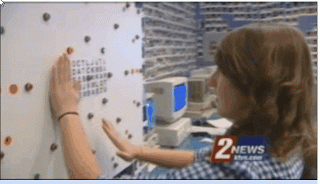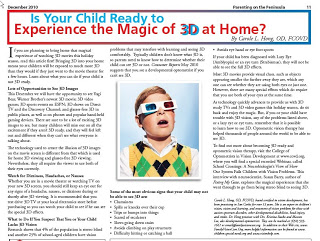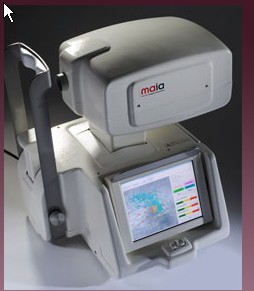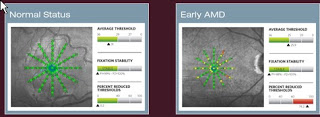Editorials
Reflections: A Look at 2010
Reflections: A Look at 2010
by Dominick M. Maino, OD, MEd, FAAO, FCOVD-A, Editor
by Marc B. Taub OD, MS, FAAO, FCOVD
by John Tassinari, OD, FCOVD, FAAO
by Marc B. Taub, OD, MS, FAAO, FCOVD; Glen Steele, OD, FAAO, FCOVD
The Need for Better School Vision Screening: The Use of VERA Vision Screening in a Community Setting
by Michael Gallaway, OD, FAAO, FCOVD
Literature Review
Current Eye & Vision Science Literature
Current Eye & Vision Science Literature
Review by David A. Goss, OD, PhD, FAAO, FCOVD-A
Review by Janice M. McMahon, OD
Practice Management
"Building Your Ideal VT Practice" Part 1 Freedom and the Staff Run Office
"Building Your Ideal VT Practice" Part 1 Freedom and the Staff Run Office
by Thomas Lecoq, Amee Lecoq
by Bradley E. Habermehl, OD, FCOVD
by Bradley E. Habermehl, OD, FCOVD




